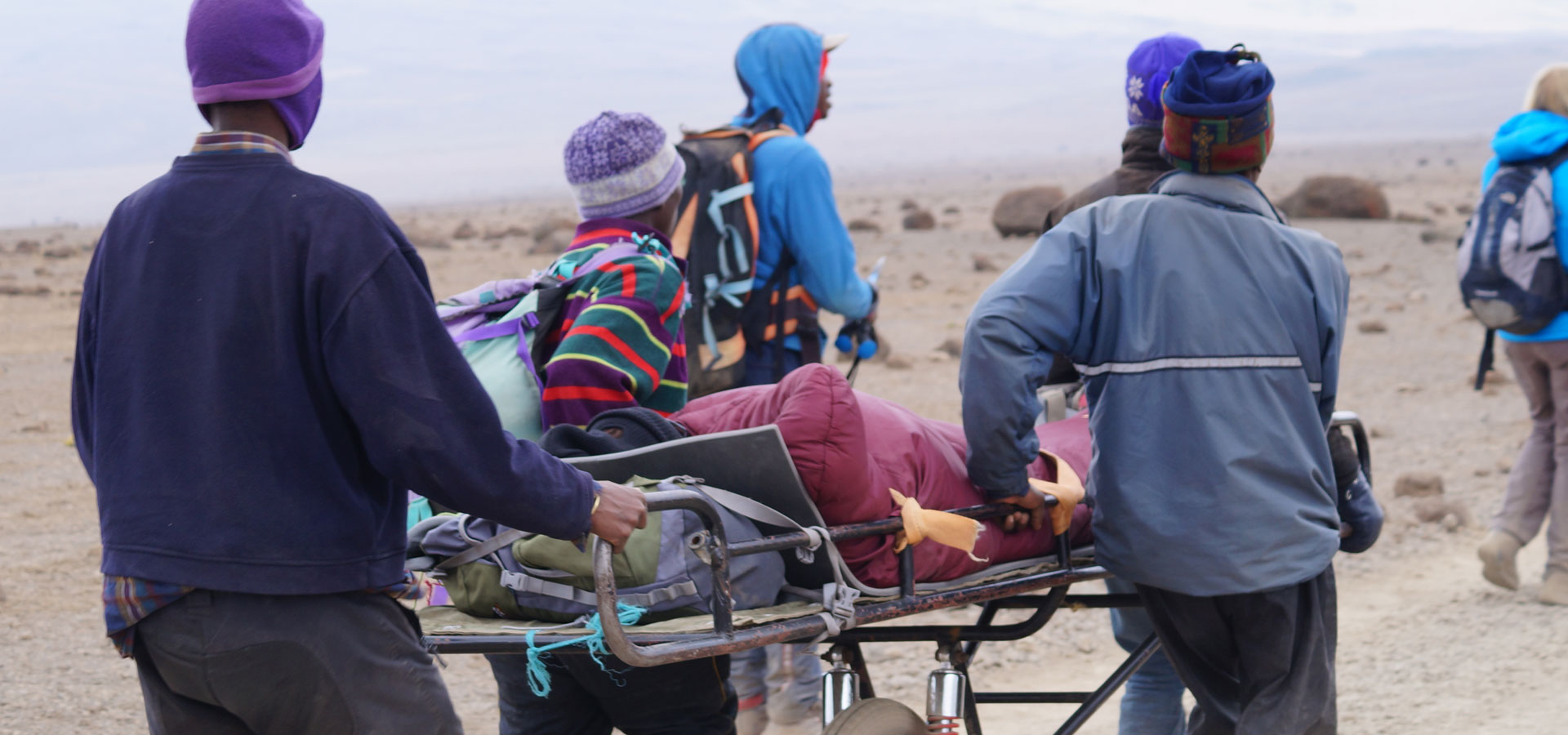Speak To Our Safari Expert
Call/ WhatsApp +255 782 284 060
Or
Email: info@summitkilimanjaroadventures.com
TALK TO OUR EXPERT
Health And Safety On Kilimanjaro are two essential aspects of Climbing Mount Kilimanjaro.We take your Health And Safety very seriously, Below is the emergency procedure on Mount Kilimanjaro in the event of an accident or the need for a descent.
TTrain the body and improve your fitness. Running, jogging, endurance training all help to prepare your body for the challenge
Undertake high altitude training. Take time to acclimatize. The best way to do that is undertaking acclimatization treks at higher altitudes. And the best way to acclimatize is to climb slowly
At any sign of discomfort get a full body check up from the doctor.

Altitude Sickness is the real danger and usually occurs at 8000 feet. Most climbers will have some of the mild symptoms like headaches, sleep disturbance, fatigue, shortness of breath and dizziness. These symptoms can be considered normal for climbing Kilimanjaro.
Pulmonary Edema - Fluid in the lungs symphonized crackling noises from the chest pink sputum Cerebral Edema- Swelling of the brain, symptomized by severe loss of balance, dizziness, and confusion.
Make sure you have good quality gear and equipment and have all your bases covered.
Stick to the group, heed to the advice of the guide, and follow the plan and stay humble. Safety is paramount. With proper preparation and careful attention to detail you too can have that feeling of personal accomplishment? So prepare adequately, hydrate generously, adhere to climb high/sleep low and let your guide set the pace Pole- pole (Swahili for slowly slowly) your way to the top!